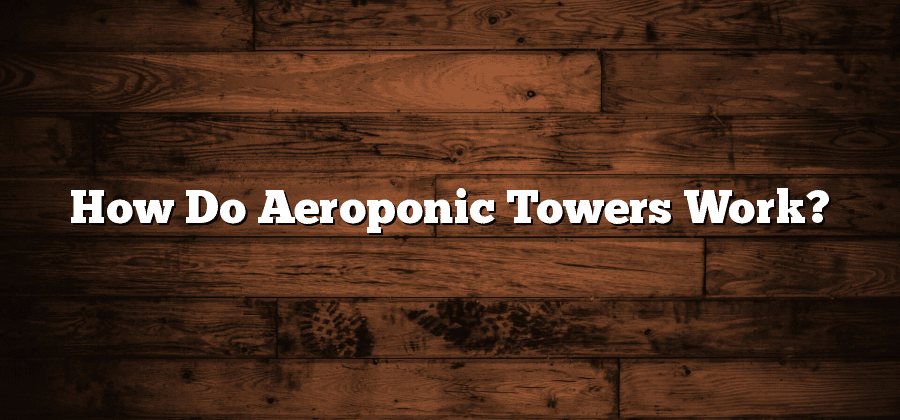The Concept of Aeroponics
With the advancements in agricultural technology, a relatively new method known as aeroponics has gained popularity among farmers and horticulturists. The concept of aeroponics involves growing plants without the use of soil or traditional hydroponic media. Instead, plants are suspended in the air and receive water and nutrients through a fine mist or fog. This innovative approach to cultivation offers several advantages, including increased yields, faster growth rates, and a more efficient use of resources.
In aeroponic systems, plant roots are given ample oxygen as they are exposed to the air. This oxygenation promotes the growth of healthy root systems, leading to robust and vibrant plants. By eliminating the need for soil, aeroponics also reduces the risk of soil-borne diseases and pests, creating a cleaner and safer growing environment. Additionally, this method requires less water and nutrients compared to traditional soil-based methods, making it a more sustainable and environmentally friendly option for food production. As the popularity of aeroponics continues to grow, more research and innovations are being developed to further optimize this alternative cultivation technique.
Key Components of Aeroponic Towers
Aeroponic towers are complex systems that require several key components to function effectively. These components work together to create an ideal environment for plant growth and ensure optimal nutrient delivery. One of the essential components of an aeroponic tower is the tower structure itself. Typically made of food-grade plastic, the tower provides the necessary support system for the plants and acts as a reservoir for the nutrient solution. It is designed with multiple levels or channels to accommodate a larger number of plants, maximizing the use of vertical space.
Another crucial component is the misting system. This system is responsible for delivering a fine mist of nutrient solution to the plants’ roots suspended in the tower. It ensures that each plant receives an adequate amount of nutrients and moisture, promoting healthy growth and development. The misting system is typically composed of high-pressure misting nozzles strategically placed throughout the tower to evenly distribute the nutrient solution. Proper spacing and placement of these misting nozzles are essential to ensure consistent coverage and prevent over-saturation in some areas while neglecting others.
Nutrient Delivery System in Aeroponics
The nutrient delivery system is a crucial component of aeroponic towers, as it ensures that plants receive the necessary nutrients for healthy growth. In aeroponics, the nutrient solution is usually stored in a reservoir, which is connected to the tower through a series of tubes or pipes. This allows the nutrient solution to flow through the tower, delivering the nutrients directly to the plant’s roots.
One key aspect of the nutrient delivery system is the use of atomizers or misters. These devices are responsible for creating a fine mist of the nutrient solution, which is then sprayed onto the plant’s roots. This mist is essential for efficient nutrient uptake, as it allows the nutrients to be easily absorbed by the plants. By delivering the nutrients directly to the roots, aeroponics optimizes nutrient absorption and promotes faster, healthier growth.
Proper management of the nutrient delivery system is crucial in aeroponics. The nutrient solution should be carefully monitored and adjusted to ensure that the plants are receiving the right balance of nutrients at all times. This can be achieved through regular testing and analysis of the solution’s pH and nutrient levels. Additionally, it is important to maintain the cleanliness of the system, as any contamination or blockages can disrupt the nutrient flow and harm the plants. With a well-designed and properly maintained nutrient delivery system, aeroponic towers can support the growth of a wide range of plants, making it a highly efficient and sustainable cultivation method.
The Role of Water in Aeroponic Towers
Water plays a critical role in the success of aeroponic towers. As the primary medium for delivering nutrients to plant roots, water ensures that the plants receive the necessary elements to grow and thrive. In aeroponics, water is typically stored in a reservoir and pumped through a delivery system that sprays a fine mist directly onto the roots. This mist, composed of tiny droplets, provides optimal hydration and nutrient absorption for the plants.
One of the advantages of using water in aeroponic towers is its ability to carry nutrients efficiently. By delivering nutrients directly to the roots, water ensures that plants receive the essential elements they need for growth and development. Unlike other cultivation methods, which rely on soil or other growing mediums, aeroponics allows for precise control over the amount and composition of nutrients delivered to the plants. This targeted approach maximizes nutrient absorption and minimizes waste, resulting in healthier and more robust plants.
Understanding the Lighting Setup
To optimize growth in aeroponic setups, a carefully planned lighting system is crucial. The lighting setup plays a crucial role in providing the necessary energy for photosynthesis and ensuring plants receive the right amount and quality of light. In aeroponics, artificial lighting is used to replicate the natural sunlight that plants require for photosynthesis.
LED grow lights are commonly used in aeroponic systems due to their energy efficiency and customizable spectrum. These lights emit specific wavelengths of light that correspond to the different stages of plant growth, promoting healthy and vigorous development. The spectrum of LED grow lights can be adjusted to meet the specific requirements of different plant species. By ensuring an adequate and suitable light intensity and spectrum, aeroponic systems can effectively support plant growth throughout each stage of their life cycle.






